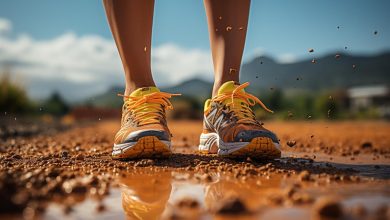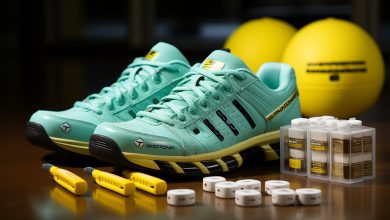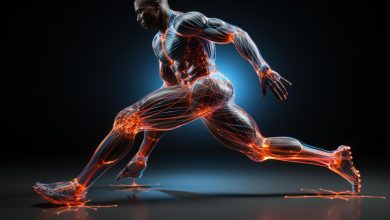Coping With Runner’s Toe: Causes and Remedies
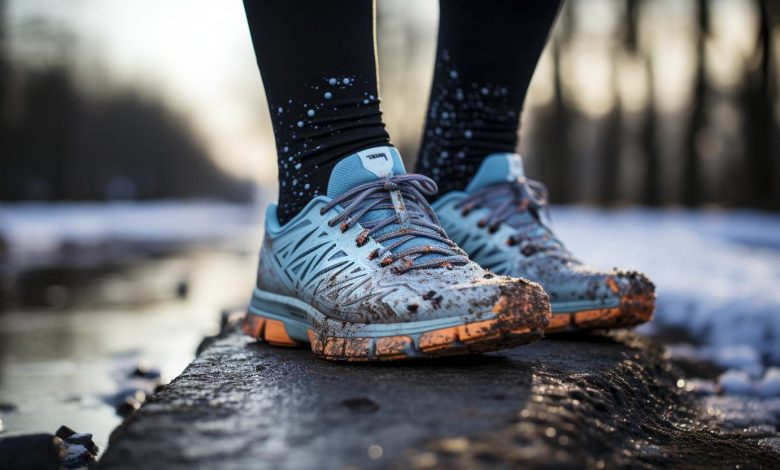
Do you love running but hate dealing with the pain of runner’s toe? You’re not alone. In fact, over 50% of runners experience this uncomfortable condition at some point.
But don’t despair! This article will provide you with valuable information on the causes and remedies for runner’s toe.
We’ll explore what exactly runner’s toe is, its common causes, and how to effectively treat and prevent it.
Get ready to lace up your shoes and hit the pavement without worrying about sore toes!
Understanding Runner’s Toe
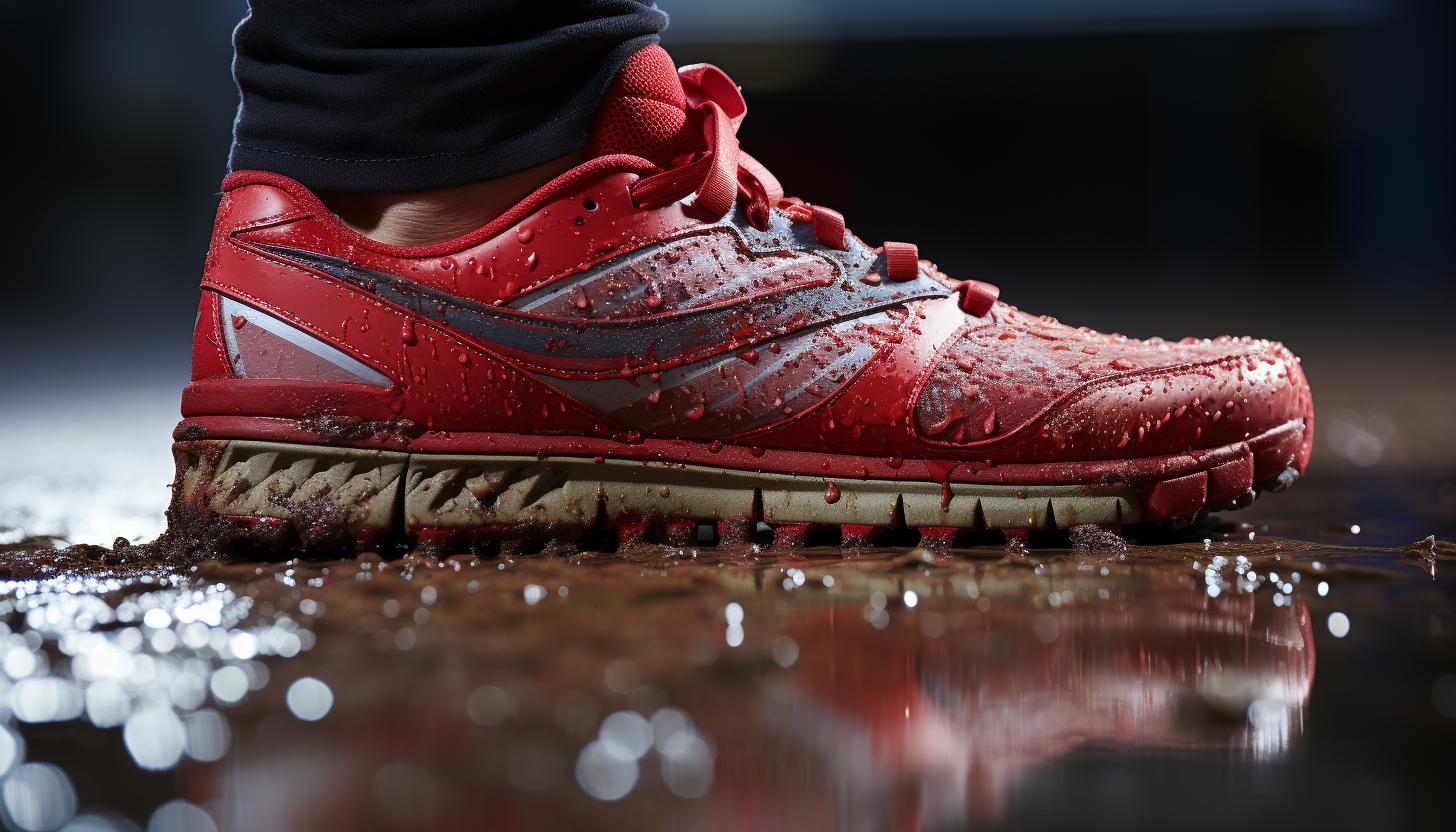
To understand runner’s toe, you need to know its causes and how it can be treated.
Runner’s toe, also known as subungual hematoma, is a common injury among runners. It occurs when the toenail repeatedly hits against the front of the shoe during running or other high-impact activities. This constant pressure and friction can cause bleeding under the nail bed, resulting in pain and discoloration.
The main cause of runner’s toe is ill-fitting footwear. Shoes that are too tight or narrow can squeeze the toes together and increase the likelihood of trauma to the nails. Additionally, running downhill or on uneven surfaces can exacerbate this condition.
Preventing runner’s toe involves wearing properly fitting shoes with ample room for your toes to move freely. Choose shoes specifically designed for running that have a wide toe box and provide adequate cushioning and support.
If you do develop runner’s toe, there are several treatment options available. Initially, you can alleviate pain by applying ice packs to reduce swelling and taking over-the-counter pain relievers. If the bleeding under the nail becomes severe or if there is significant pain, a healthcare professional may need to drain the blood from underneath the nail using a sterile instrument.
Common Causes of Runner’s Toe
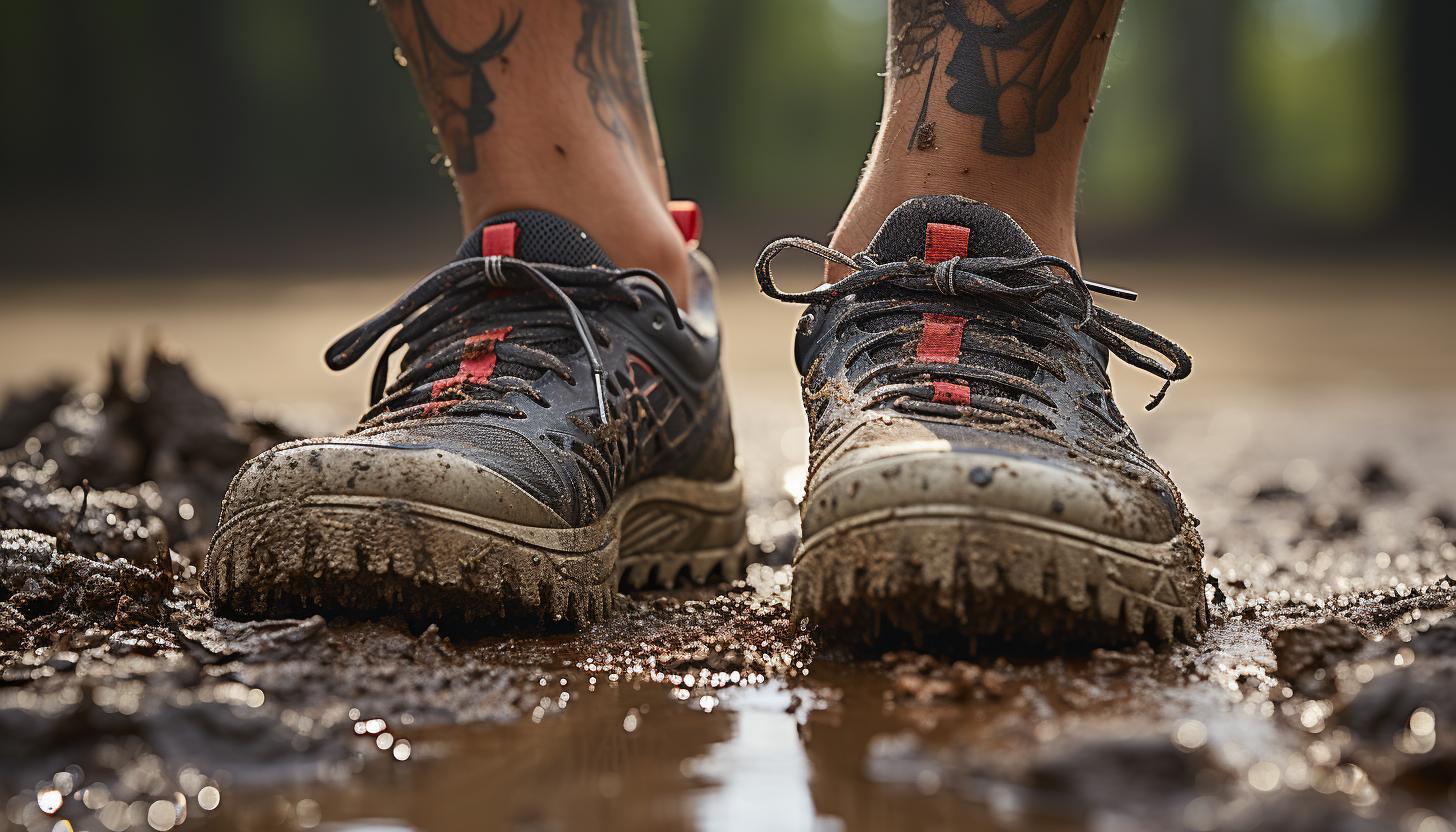
One of the most common reasons for developing runner’s toe is wearing ill-fitting shoes. When your shoes are too tight or too loose, they can cause friction and pressure on your toenails, leading to painful injuries. To prevent toenail injuries and manage foot pain, it is crucial to wear properly fitted athletic shoes with adequate toe space.
Here is a table that highlights some other causes of runner’s toe and provides tips for preventing and managing foot pain:
| Causes of Runner’s Toe | Prevention Tips | Foot Pain Management |
|---|---|---|
| Ill-fitting shoes | Ensure proper shoe fit | Rest and elevate affected foot |
| Repetitive impact | Gradually increase mileage | Apply ice to reduce inflammation |
| Stubbing toes | Watch out for obstacles | Use over-the-counter pain relievers |
Symptoms and Diagnosis of Runner’s Toe
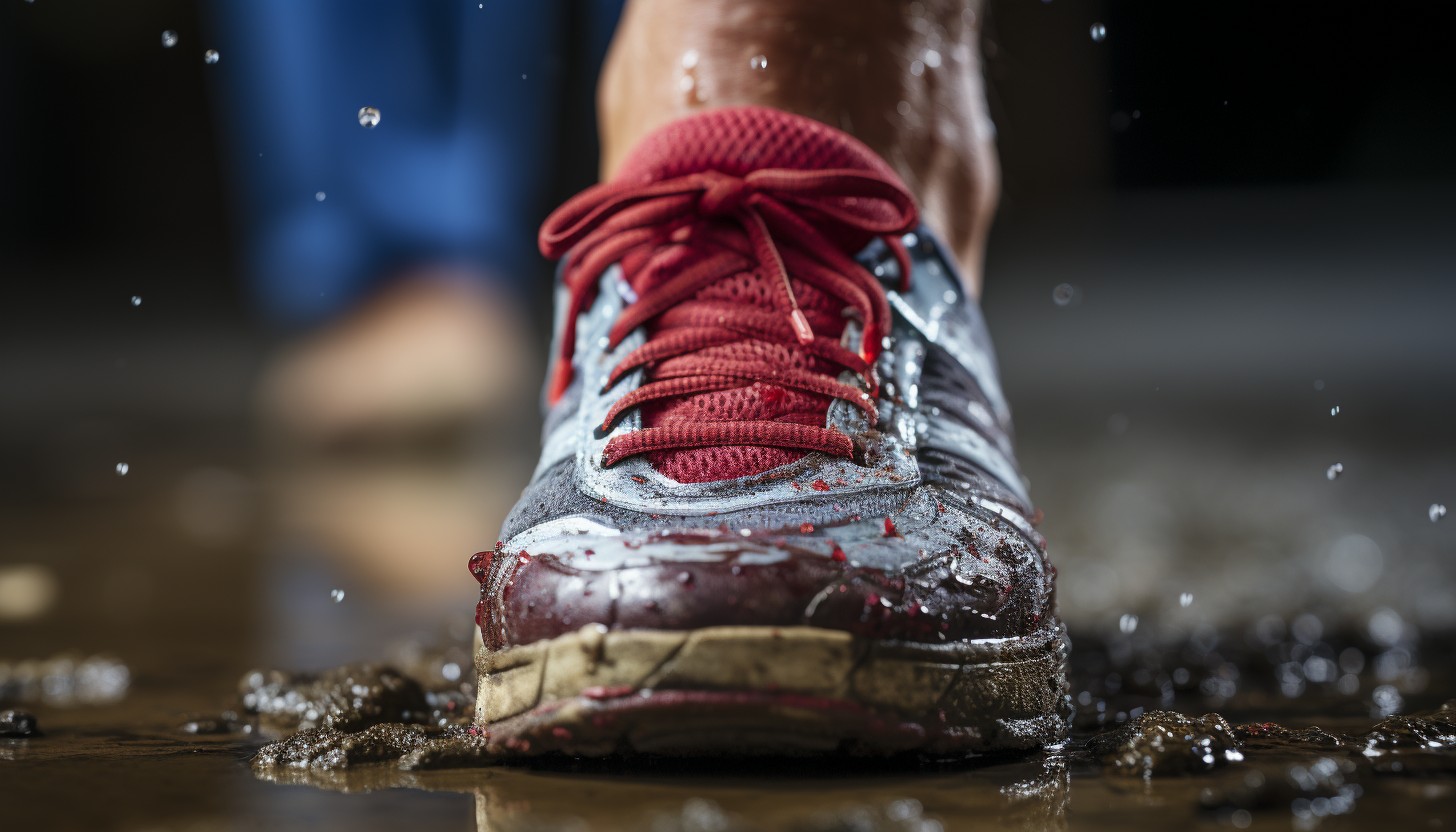
Wearing tight or loose shoes can lead to painful toenail injuries, which are common symptoms of runner’s toe. Runner’s toe, also known as subungual hematoma or jogger’s toe, occurs when the repetitive motion of running causes blood vessels under the toenail to rupture. This condition is often characterized by discoloration and bruising of the affected nail.
To diagnose runner’s toe, medical professionals typically perform a physical examination and inquire about your symptoms and running habits. They may also order imaging tests like X-rays or ultrasound to rule out other possible conditions such as fractures or infections.
Treatment options for runner’s toe primarily focus on relieving pain and promoting healing. Here are two important aspects to consider:
– Rest and elevation: By reducing pressure on the affected area and elevating your foot, you can help minimize swelling.
– Cold compresses: Applying ice packs wrapped in a cloth for 15-20 minutes at a time can reduce inflammation and alleviate discomfort.
By addressing these key factors in diagnosing runner’s toe and exploring appropriate treatment options, you can effectively manage this condition.
In the following section, we will discuss some effective remedies for runner’s toe that can aid in its recovery process.
Effective Remedies for Runner’s Toe
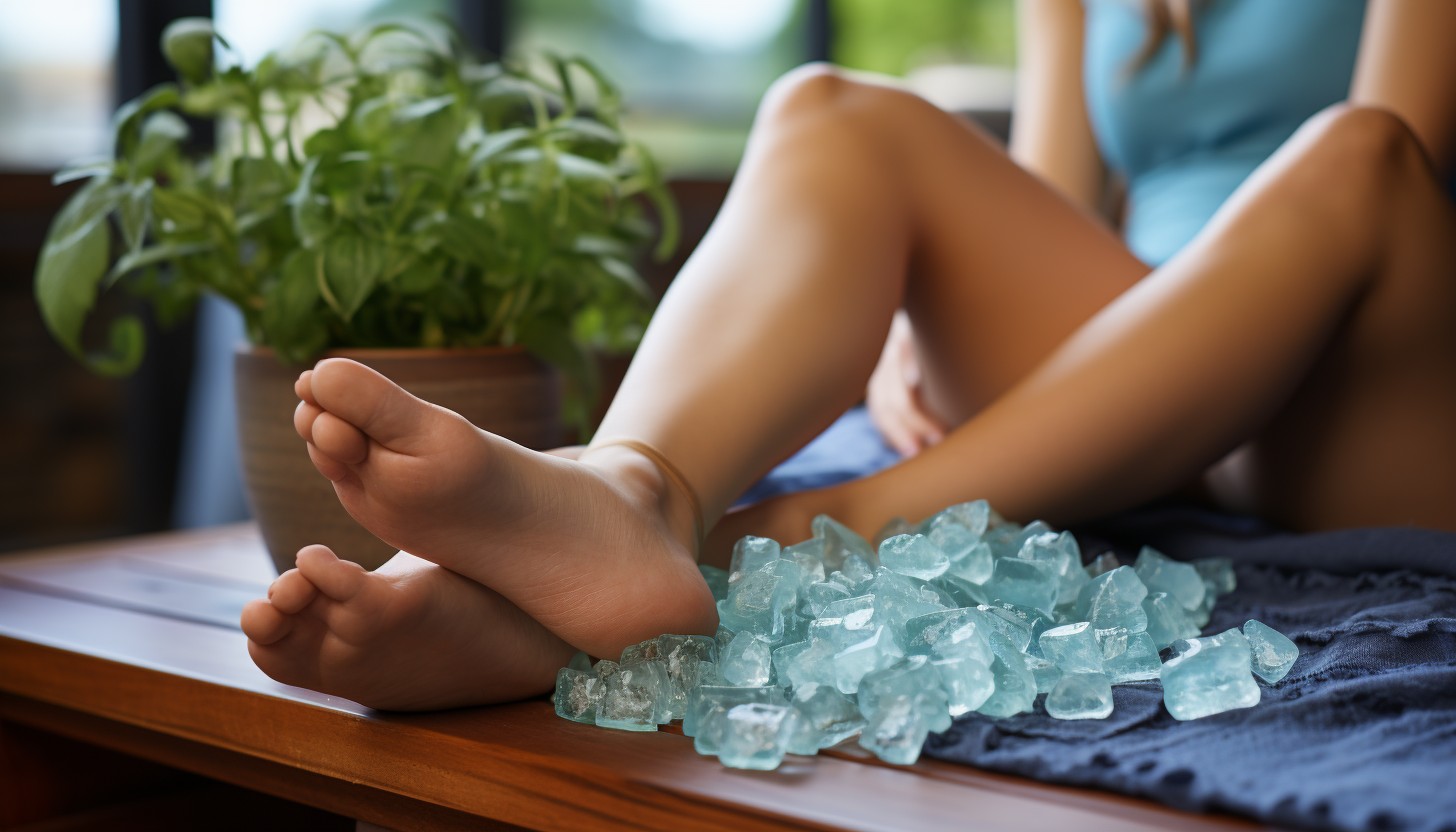
Applying a cold compress to the affected area can help reduce inflammation and alleviate discomfort associated with runner’s toe. In addition to this simple remedy, there are several other natural treatments and home remedies that can provide relief for this common condition.
| Treatment | Description | Effectiveness |
| Epsom salt soak | Soaking your foot in warm water mixed with Epsom salt can help reduce swelling and soothe pain. | Effective |
| Turmeric paste | Applying a paste made from turmeric powder and water directly on the affected area can relieve pain and inflammation. | Promising |
| Arnica gel | Topical application of arnica gel, known for its anti-inflammatory properties, may help reduce swelling and bruising. | Limited |
| Tea tree oil | Massaging tea tree oil onto the affected toe can have antimicrobial effects, promoting healing and preventing infection. | Potential |
| Ginger compress | Creating a compress by soaking ginger slices in hot water, then applying it to the toe, may help decrease pain and inflammation. | Suggested |
These natural treatments offer alternatives to over-the-counter medications or invasive procedures. However, it is important to note that individual results may vary, and it is always recommended to consult with a healthcare professional before trying any new treatment. By incorporating these home remedies into your routine, you may find relief from runner’s toe symptoms in a safe and natural way.
Preventing Runner’s Toe: Tips and Strategies
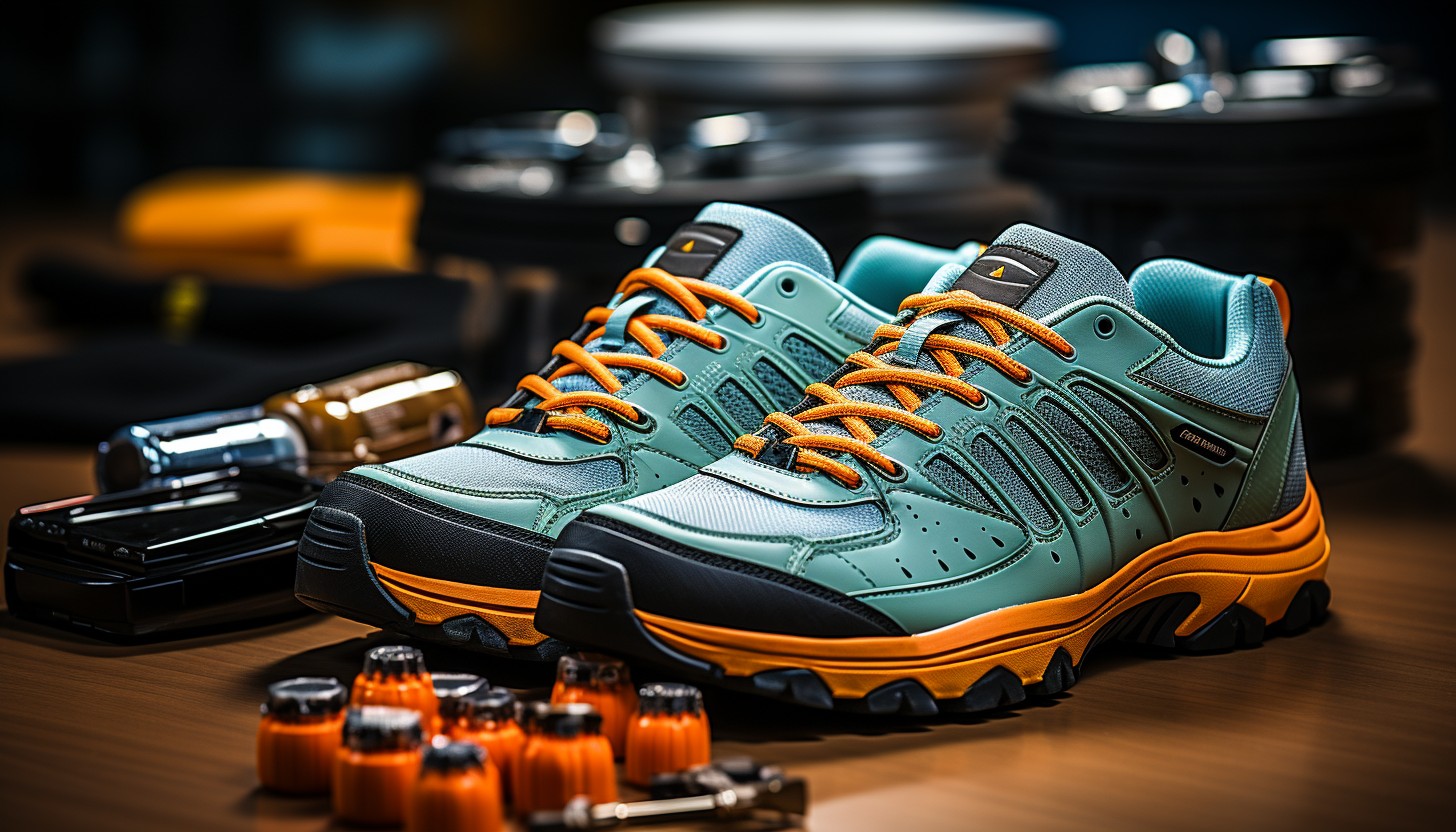
To prevent runner’s toe, it’s important to wear properly fitting shoes and socks. This will help minimize the risk of developing this painful condition. Here are some tips and strategies to keep in mind:
– Choose the right shoe size: Make sure your running shoes are neither too tight nor too loose. Ill-fitting footwear can cause excessive rubbing and friction on your toes, leading to injuries like runner’s toe.
– Opt for a wider toe box: Look for shoes that provide ample space for your toes to move freely. Squished toes can increase the likelihood of toenail trauma and subsequent runner’s toe.
– Consider trying out different shoe brands or models until you find one that offers a roomier toe box.
– If you have wide feet or suffer from conditions like bunions, consider investing in specialized wide-width running shoes.
Preventing injuries is crucial for runners, and proper shoe selection plays a significant role in achieving this goal. By wearing well-fitting shoes with adequate space for your toes, you can reduce the risk of developing runner’s toe and other foot-related problems.
Conclusion
In conclusion, it is crucial to take care of your feet while running to avoid the painful condition known as runner’s toe. By understanding the causes and symptoms, you can seek timely diagnosis and effective remedies.
Remember, prevention is key! Follow proper stretching techniques, wear well-fitting shoes, and gradually increase your mileage. As the old saying goes, ‘An ounce of prevention is worth a pound of cure.’
So stay informed, listen to your body, and keep those toes happy on your running journey!

